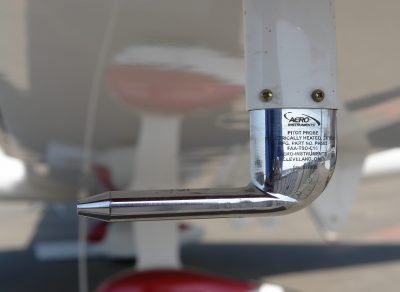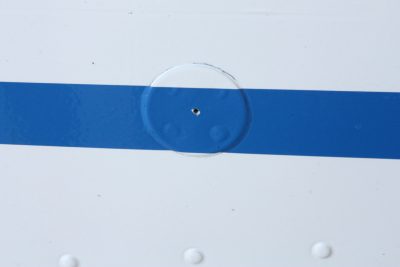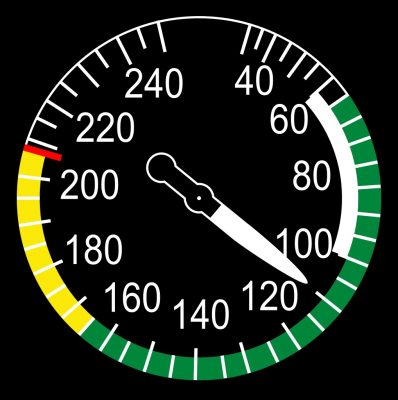
What caused the Russian plane to go down this week? Initial clues point to a common problem in aircraft and in life. Mixed Signals.

One of the most critical instruments in an airplane (or any vehicle) is the speed indicator. It is critical that pilots have accurate information as to the airplane’s speed. On the upper end, too high of an airspeed can cause structural damage to an airplane. For example the aircraft’s flaps are designed to operate within certain airspeed range. Traversing them at higher speeds can cause the actuators, cylinders, etc. that move such equipment to bend or break due to structural limitations.
However, the biggest danger when it comes to airspeed is flying an airplane too slowly in flight. This can cause the aircraft to stall. THE STALL is the thing any pilot wants to avoid. Technically, a stall is a failure of the wings to generate enough lift to keep the airplane airborne. When this occurs, the aircraft abruptly pitches down (often with a snap and a roll) and plummets towards the ground.
Allow me to give a quick Airspeed Indicator 101 Lesson. Airspeed indications are made possible through two holes in an airplane. One hole is located at the end of a “pointy spear looking device” called a pitot tube. The pitot tube points forward so that air comes into the hole at the end of the point. This is known as ram air pressure.

The second hole is located on the side of the airplane on the body. It is called the static pressure port. The airspeed indicators have a diaphragm inside of them. The diaphragm compares the air pressure coming into the pitot tube (ram air pressure) and compares it to the static air pressure measured at the static port. The difference between these two pressure readings allows the airspeed to be calculated and displayed to the pilot.
In the winter or during other cold conditions, a common danger is that the pitot tube and or static port can become clogged due to ice, snow, or freezing rain. When the port becomes blocked all kinds of “funky” and erroneous airspeed indications can be given to the pilot. That is why aircraft are equipped with heating elements to keep the ports clear. These heating systems are commonly referred to as “pitot heat”. As part of a checklist procedure, the pilot will often call for the pitot heat to be in the “On” position.
This seems to be the culprit in the Russian Plane (Saratov Airlines Flight 6W703) crash this past Sunday (see https://doctoraviation.com/russian-plane-crash/). Apparently the pilots failed to turn on the pitot heat. Because the heating systems were not turned on, the ports were likely frozen. As a result the pilot got “funky” airspeed readouts and did not have confidence in what he was seeing on the instruments. Since the aircraft was close to the ground (the incident occurred shortly after takeoff) fears of a stall could be front and center of the pilot’s mind.

To compound the situation, there are two airspeed indicators in a regional jet. This redundancy is in place in case one of the indicators malfunctions. The problem, however, is when the pitot heat is not on, the airspeed indicators can give conflicting information between the two of them. Which is the pilot to believe?
One of the principles of the warfare it to confound the enemy by give them conflicting signals. One of the toughest things in life and business and relationships is when we get conflicting signals. It causes confusion. In fact, one of the challenges in life to determine which of the conflicting signals is actually giving us accurate information. When we don’t do that effectively, disaster can occur.
It seems that such was the case for the Russian plane, flight 6W703.
To read more on the crash see: https://www.snopes.com/2018/02/13/russia-plane-crash-saratov/
